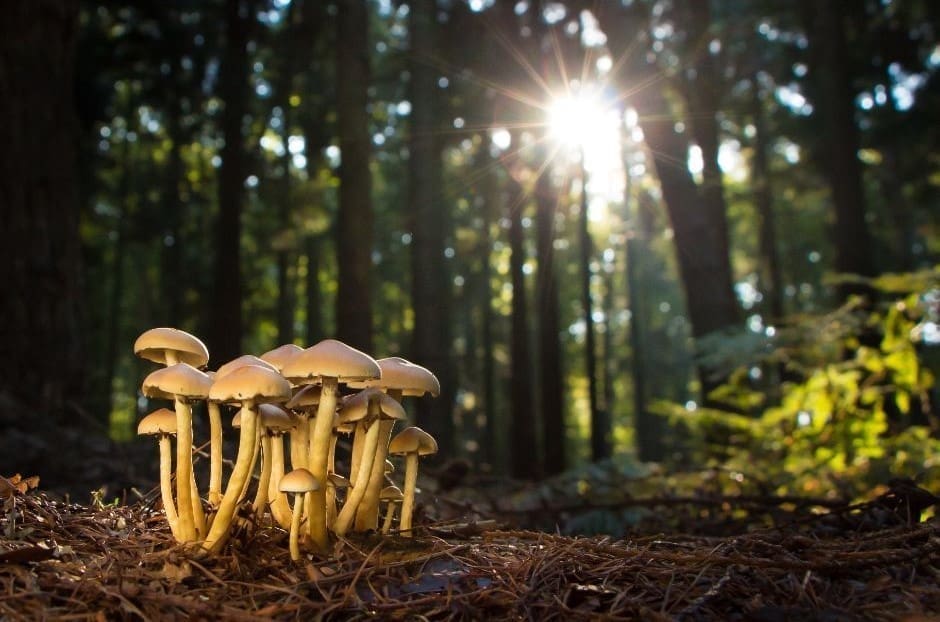Certain parts of Kansas have received enough moisture this spring to cause mushroom growth in home lawns and gardens. Kansas State University horticulture expert Cynthia Domenghini explained that most mushrooms are relatively harmless to other plant life.
Some mushrooms form arc-like or circular patterns in turfgrass called fairy rings. Fairy rings in turfgrass are caused by the outward growth of fungal mycelium, which forms a dense mat in the soil and releases nitrates that stimulate grass growth at the ring’s edge, creating a dark green margin. However, this fungal mat can interfere with water infiltration and release toxic byproducts, potentially causing turf dieback near the ring.
Controlling fairy rings is challenging but can sometimes be done by digging out the affected soil and replacing it with non-infested soil. Commercial fungicides are available only to growers. Other mushrooms in lawns may be beneficial and not associated with fairy rings; fungicide sprays on these mushrooms are ineffective since the main fungus is underground.
If mushrooms are a nuisance, Domenghini suggests picking and disposing of them as soon as they appear. If there are too many, mowing them off is a practical solution. Mushrooms tend to disappear as the soil dries.
Domenghini warned that while some mushrooms in lawns are edible, others are poisonous. Never eat mushrooms unless you are sure of their identity.













